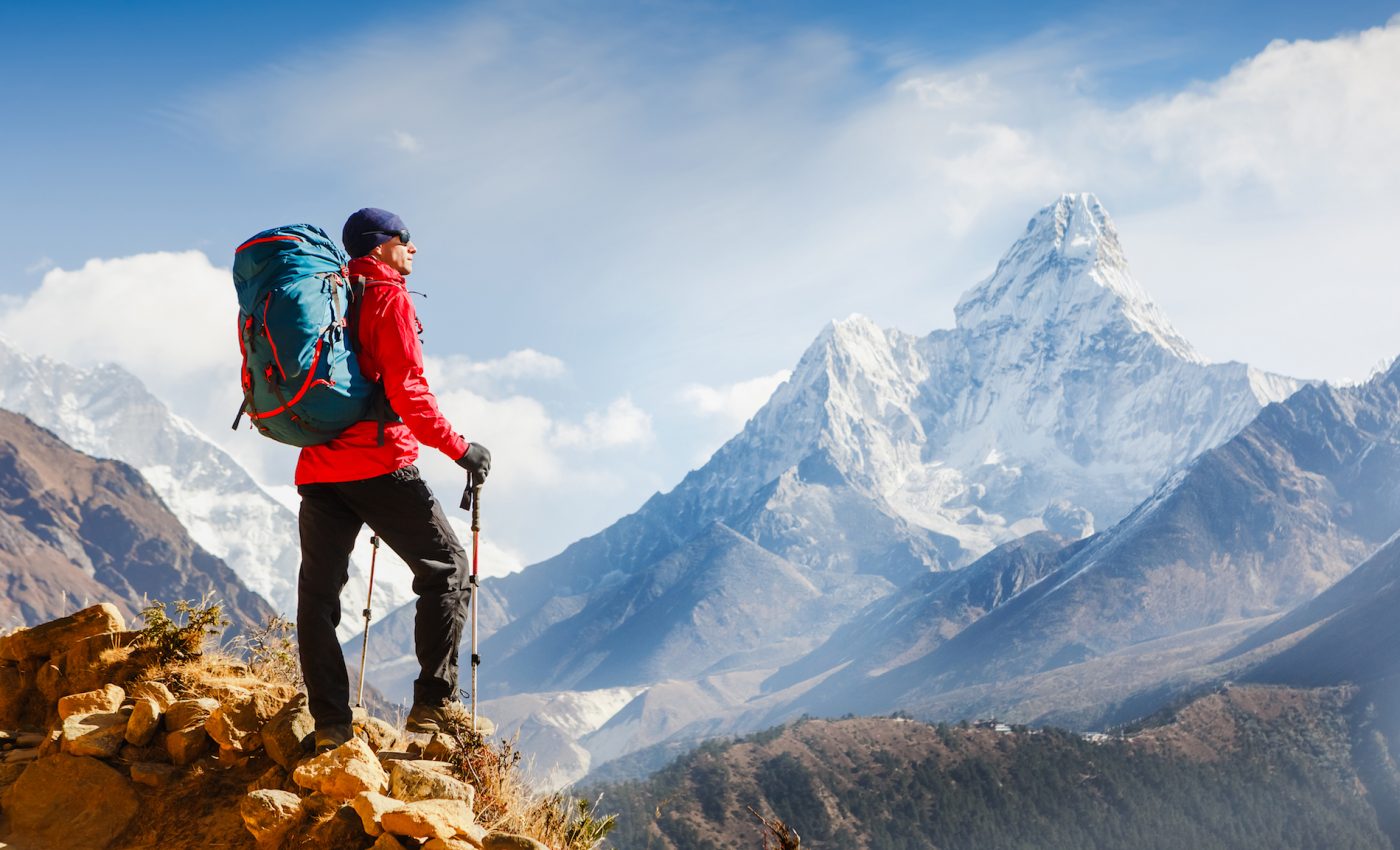
What’s the best way to survive if you get lost in the wilderness?
With spring on the way and summer soon to follow, more and more people will flock to national parks, forests, trails, campgrounds, and lakes to enjoy some quality time with nature. For the average recreational hiker, camper, or fisherman, getting lost is the worst case scenario, but it does happen.
Have you ever wondered what you would do if you were lost in the wilderness with no way of getting back, no water, and no shelter?
A new report conducted by SmokyMountains reviewed over 100 news reports of survival stories to create a comprehensive view of how people get lost and the methods they used to survive, find shelter, and flag down rescuers.
The Safe and Sound study uses data to help answer questions like should you stay put or keep moving, and do you dare to drink untreated water or risk dehydration? An independent survival expert also helped consult on the study to provide tips for survival and staying safe.
The authors of the study found that when it came to getting lost, 41 percent of survivors reported wandering off trail. This was the most common way that people got lost or separated from their group.
Weather, falling off the trail, and injury were all also cited as reasons for getting lost.
Shelter, water and to a somewhat lesser extent, food, are the three biggest needs that must be considered when a person is lost in the wilderness. The study showed that clothes, fires, and camping gear were used to stay warm.
Many of the survivors used camping gear to make shelters or happened upon caves and downed trees that doubled as shelters. One intrepid skier in California dug a hole in the snow and lined it pine branches for insulation.
Hydration is crucial, and while you can survive without food for a few days at least if you conserve energy, the same cannot be said for water. That’s why survival experts recommend carrying filters or water treatment capsules to use in an emergency.
If it’s a matter of having no water or drinking from an untreated source, the report says that your best bet may be drinking water with most rescues taking place within 24 hours in the US.
Among the survivor reports analyzed for the study, 25 percent relied on a natural body of water, 16 percent used snow to stay hydrated, and other methods included collecting rainwater or dew from leaves, moss, and plants.
The study says that hydration, shelter, and warmth should all be prioritized over food as the average person has a reserve of over 30 days of calories to survive on.
When it came to the decision of staying put or moving, the majority of survivors (65 percent) kept moving, looking for trail markers or finding open areas to flag rescuers.
—
By Kay Vandette, Earth.com Staff Writer













